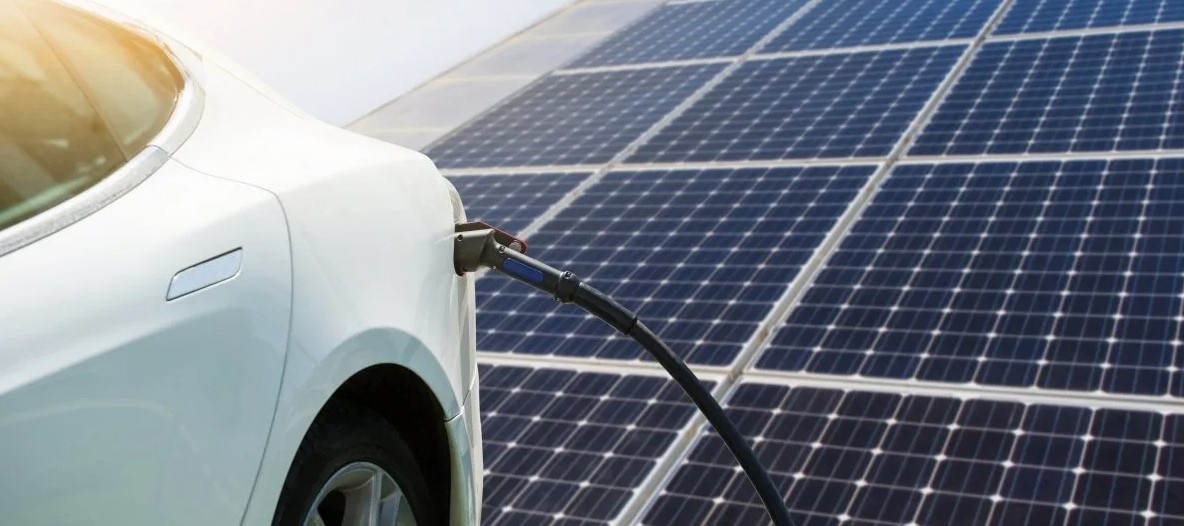As more and more Australians opt for electric vehicles (EVs) to reduce their carbon footprint, many are wondering if it is possible to charge their EVs using solar panels The short answer is yes, it is possible to charge an electric vehicle from solar in Australia. In this article, we will explore the benefits of using solar power to charge your EV, how to set up your charging system, and some tips to ensure a smooth transition to renewable energy for your vehicle.

Benefits of Charging your Electric Vehicle from Solar
One of the primary benefits of using solar power to charge your electric vehicle is the cost savings. By generating your own electricity through solar panels, you can avoid paying for expensive grid-supplied electricity. This can lead to significant savings on your monthly energy bills, especially if you regularly drive long distances in your EV.
Another benefit of using solar power to charge your electric vehicle is the environmental benefits. Solar power is a clean and renewable source of energy that does not produce any greenhouse gas emissions. By charging your EV from solar, you can reduce your carbon footprint and contribute to a cleaner and healthier environment.
How to Set Up your Electric Vehicle Charging System
If you are planning to charge your electric vehicle from solar, there are a few steps you need to follow to set up your charging system. The first step is to ensure that you have a solar photovoltaic (PV) system installed on your property. This system will generate the electricity that you need to charge your EV.
The next step is to install a dedicated EV charging station at your property. This charging station will be connected to your solar PV system and will provide a secure and convenient way to charge your EV. It is important to choose a charging station that is compatible with your EV and has the right power output to charge your vehicle efficiently.
It a common misconception that there is a physical connection between the solar inverter and the EV charger. In reality they are not actually connected (they both connected into the switch board) and charging “from solar” occurs by concurrently charging the car at the same time as having excess solar rather than direct connection.
There are a number of clever devices or services to exactly align the charging rate of the vehicle with the exact amount of excess solar:
Fronius Watt Pilot – this is available if you have a Fronius solar inverter installed (Solar Market highly recommends Fronius inverters).
Charge HQ app – this very clever app interfaces with multiple inverter brands and EV manufacturers.
Tips for Charging your Electric Vehicle from Solar
If you are planning to charge your electric vehicle from solar, there are a few tips that you can follow to ensure a smooth transition to renewable energy for your vehicle.
First, make sure you are on an optimized electricity tariff by going to our sister site Energy Market. This will ensure that you are getting the best possible rate for your solar-generated electricity and can maximize your savings on your monthly energy bills.
Second, make sure your solar PV system is big enough to charge your electric vehicle. The size of your solar PV system will determine how much electricity you can generate and how quickly you can charge your EV. It is important to choose a system that is large enough to meet your charging needs and can provide a consistent flow of electricity to your EV.
Third, install energy monitoring so you know when you have excess solar to charge the car. By installing an energy monitoring system, you can track the amount of electricity that your solar PV system is generating and the amount of electricity that your EV is using. This will help you optimize your charging schedule and ensure that you are using the clean and renewable energy generated by your solar panels as efficiently as possible.
In conclusion, charging your electric vehicle from solar in Australia is possible and can provide significant cost savings and environmental benefits. By following the steps outlined in this article and using the tips provided, you can transition to renewable energy for your EV and reduce your carbon footprint.










